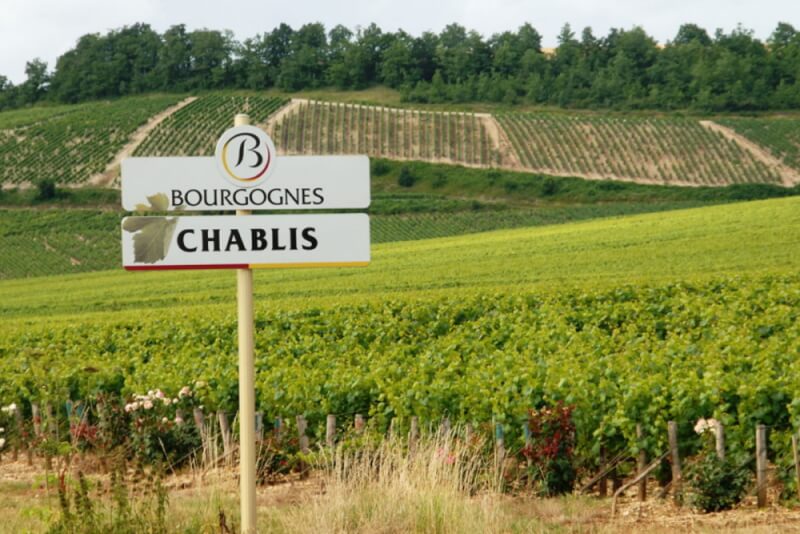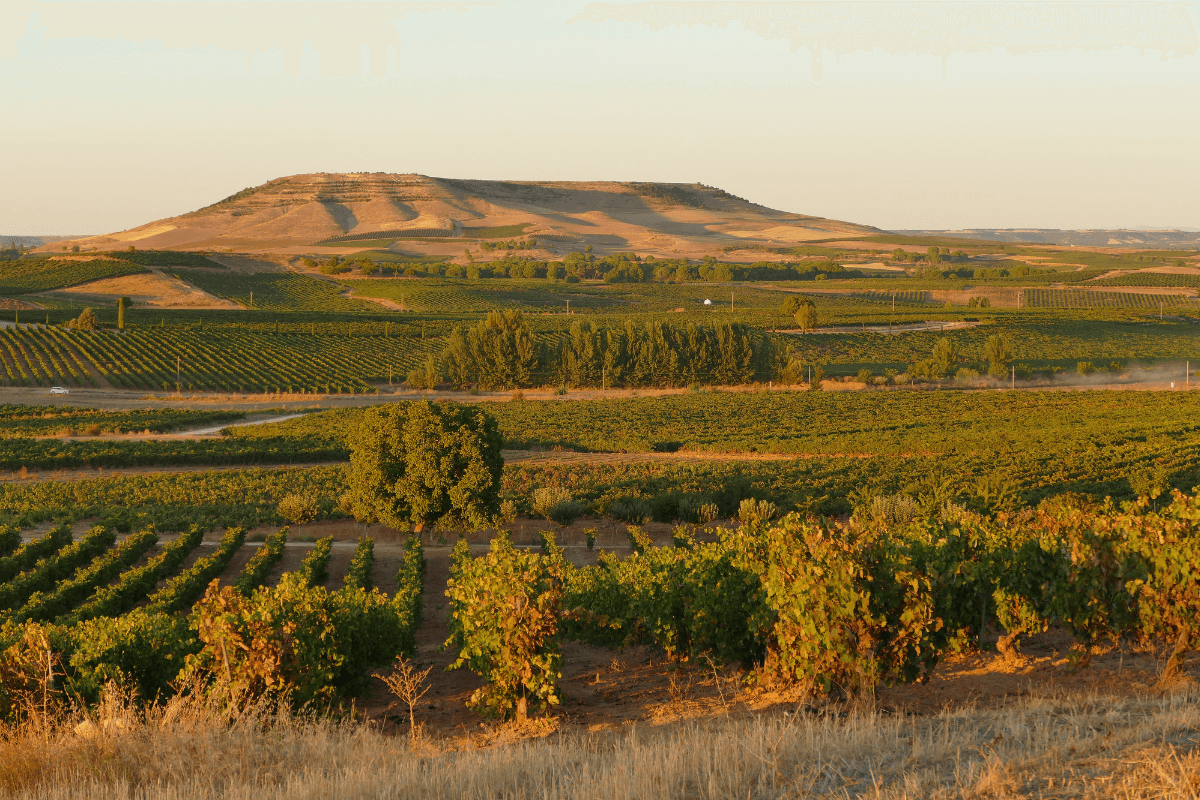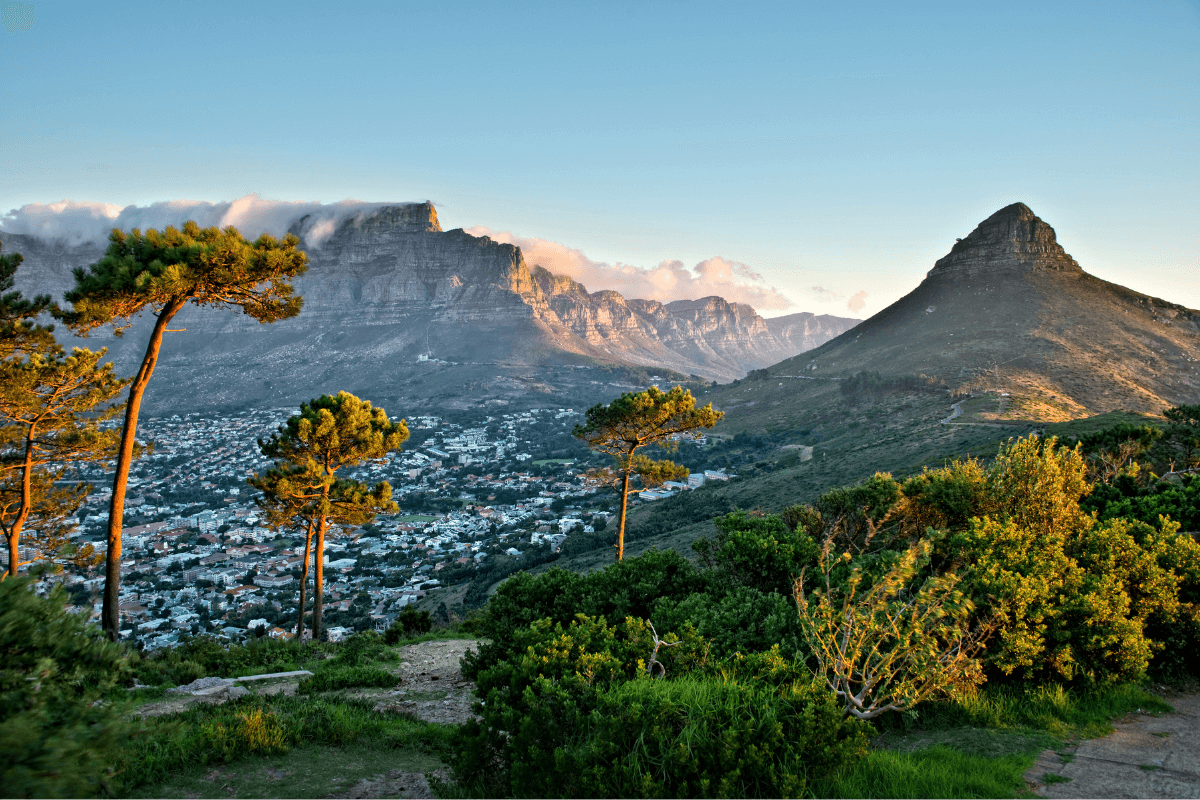Chablis… one of those magic words that makes the eyes of many wine lovers twinkle. For some, it is the ultimate definition of the Chardonnay grape, for others it defines their perfect style of a wine. Few merely consider it as a region with set boundaries, but yet for a handful of mavericks it is the non plus ultra and the greatest expression of terroir imaginable. But more of that later, before meeting one of the regions so called mavericks, let us take a closer look at Chablis as a whole.
Just a stone’s throw away from the A6 motorway between Paris and Lyon it provides the perfect excuse to stop off at Auxerre for lunch and then make the little detour into the heartland of Chablis.
The soil is made up to a large extend of the famous Kimmeridgian clay-limestone soil, or oysters and shells. It originated from the upper Jurassic age, 150 million years ago. Chablis is located in a sedimentary basin that once lay beneath the ocean.

Kimmeridgian Soils - © Vins de Chablis
What was once a main growing region with 40,000 ha under vines and a main supplier of wines to the Parisians in the 19th century seems now somewhat dwarfed. Chablis today is about 5,100 ha and its vineyards are classified into Grand Cru (106ha), Premier Cru (783ha), Chablis (3,360ha) and the rest made up of Petit Chablis. The first two are comprise wines from specifically identified and named plots also known as ‘Climat’, a typical Burgundian word of latin origin meaning ‘slope’. These are plots of vines that have been marked out and named over centuries, all enjoying their individual history, geographical conditions like soil and slope aspect as well as microclimate.
All of Chablis Grand Crus (7) and Premier Cru (40) make up the 47 of its climats and will bear the name on the bottle in addition to the word Chablis. What this makes strikingly obvious is that southern slopes are key, especially in the northern hemisphere and nowhere is this more obvious than in Chablis and its vineyard classification. Take the Grand Crus as an example, they are at the sweetest spot of them all – a warm southwest-facing block of vineyards on a slope overlooking the village. Equally the two premier crus acting as book ends, Vaulorent to the left and Montée de Tonnerre to the right, are considered as some of the best Premier Crus the appellation has to offer.

© Vins de Chablis
One of the biggest challenges the growers are facing year in and year out is spring frost. In certain years this has led to devastating losses, most recently in 2021. Take a look at Pippa’s blog piece from April Spring Frost - The enemy of winegrowers to get an insight into the damaging effects this has on regions across Europe.
So let’s get the juice and most importantly what to expect from the different classifications. Though it is important to note that it is impossible to generalize the wines due to variable factors like vineyard location, weather, individual winemaking style and so on, hence it should merely be viewed as an introductory guide, like Google Maps telling you the way to your destination without offering a wider detail on the beauty that may be found along the way. Especially in areas classified as Chablis and Petit Chablis that have greatly been extended over the years and stretch further afield.
Before 1914 many winemakers also made oak-aged wine, nowadays the majority of the growers favour unoaked, tank fermented/aged wines. Though there are still a few traditionalists raising wines in used oak barrels with great success, particularly on a Premier and Grand Cru level.
Petit Chablis
Quality varies a lot and the reader is advised to tread cautiously. The best will be fresh and light with notes of white flowers and peach with zesty grapefruit notes and crisp acidity. Unfortunately, at its worse they are thin, underwhelming and too harsh in acidity, lacking fruit or a form of enjoyment.
Chablis
Find your favourite grower and you should be rewarded handsomely over the years. This large area covering 3,700 ha of vines is responsible for the majority of Chablis on retail shelves across the globe. The best ones have a seducing freshness and minerality and are packed with green apple flavours, notes of lemon, grapefruit and mint.
Chablis Premier Cru
This will widely differ on climat and like with so many other things in life it is about learning by doing. These wines will certainly benefit from a wee bit of bottle aged, about 5 years if you have the patience, and are seriously undervalued compared to other Burgundies. Depending on the Domaine, some of them will have seen some used oak. Expect richer fruit like pear, quince, starfruit and a distinctive flinty minerality.
Chablis Grand Cru
Wines will once again depend on the climat and winemaking technique as it is where you will most likely find some oak, though again this will depend on the winemaker. Expect apricot fruit, orange zest, bruised apple, quince and more savoury notes like toast and peanut shell. Oak aged examples will have aromas of almond, honey and that mineral/earth characteristic. Those wines are real keepers and the best will benefit from cellaring for 10 years or more. Though these bottles will command a greater price tag, they are still fairly undervalued to its counter parts in the rest of Burgundy.
Though there are fantastic growers like Domaine George, Gilbert Picq, Raveneau, Dauvissat, Tribut and many others, making amazing wines across the region, we want to highlight one winemaker and his wines that has somewhat of an underdog story to it. And let’s face it, we all love an underdog.

Patrick Piuze
Meet Patrick Piuze – born in Montreal, Quebec back in 1973, Patrick is the third son of a family that has never had any intention of making wine. When he turned eighteen, Patrick met Marc Chapoutier who was a real springboard towards his professional life and helped him get started in winemaking. Thanks to him, Patrick travelled all over the world and worked in several wineries in Australia, South Africa and Israel.
Back in the summer of 2000, Patrick left Montreal to backpack in Burgundy. After a few weeks traveling, he joined the team at Olivier Leflaive in Puligny-Montrachet for the harvest season. After a short course in winemaking at the Beaune Agricultural Institute, he was entrusted with Leflaive’s Chablis winemaking. It was there that he developed his savoir-faire and left four years later for La Maison Verget, where Jean-Marie Guffens drew him into his passion and obsession for terroir. This followed a year as cellar master at Jean-Marc Brocard.
In 2008 Patrick took a leap of faith and took the most important decision in his life setting out on his own with the intention of making a real difference between wine grower and winemaker. What makes his story somewhat unique is that he does not own any vineyards but has a hands-on approach when it comes to the approach in the vineyards by his long-term partnering growers. This philosophy allows him to pick the best lots in Chablis, most of them being very old vines within the original boundaries of the appellation, to collect high quality grapes. Through his wines, Patrick has always strived on showcasing the true character of Chablis heartland and its wide-ranging terroirs.

Patrick Piuze, Chablis Coteau de Fontenay 2019
Single vineyard, on the right bank behind the Grands Crus so it's mostly limestone with a tiny bit of clay and a little bit of topsoil, so the vine goes straight to the bedrock. There is no morning sun here, it gets the midday and afternoon sun only. This plot is on steepest hill of the Domaine (more than 30% incline!), in a corridor facing west with a wind that comes north. Here the water drains very fast, giving wines more elegance than power. On this site, Patrick works with only one grower who does everything by hand. 10% of the wine is vinified in neutral barrel to give more weight and balance as well as elegance and finesse.
Patrick Piuze, Chablis 1er Cru Les Butteaux 2018
This is from a small but fairly steep 0.35 ha plot. Butteaux has more chalky topsoil and as a result displays more salinity and bitterness. A lot of ammonite fossils like those commonly found in Montée de Tonnerre are here. The vines in this vineyard have been planted back in 1956. Vinification is completed 100% in old barrels.
Patrick Piuze, Chablis Grand Cru Les Bougros 2018
A fairly sizeable Grand Cru parcel and the largest within Patrick’s portfolio. It is only a 150m from the famous Les Preuses and is tended to by the same grower that is providing Patrick with the fruit for his other Grand Cru cuvée. Planted in 1963, this vineyard is located on a plateau with a bit of earth before the bedrock and is a more forward and fruit-driven wine. The grapes are picked in the early morning as the goal is to have a more linear structure in the final cuvee. Like for les Butteaux, the wine is vinified in old oak barrels.
See here the special mixed case available only in August with these three cuvées.



